One of the major factors driving advancements in automotive technology is the desire for increasingly complex safety features. As it stands, automakers may still be decades away from having fully autonomous vehicles that leave no room for driver error – because there isn't one. But in the meantime, automakers are coming up with innovative new ways to help keep people safe from their own mistakes and those of other drivers. Here are five of the best new technologies you'll be seeing in cars some time soon.
- Gesture recognition
Many companies have been working on this type of technology for a while now, including BMW, Mercedes-Benz and tech giant Microsoft, but Harman International Industries may have beaten them all to the punch. Wired reported that Harman's European division has developed a system that recognizes predefined nods, winks and various hand gestures from the driver. This includes raising and lowering your hand over the gear shaft to change the temperature and tilting your head to the left and right for radio volume control. Recombu, a car news site in the U.K., reported that Harman's system is so advanced it can tell the difference between real gestures and accidental or unintended gestures from the driver. What does all this have to do with safety? Hands-off controls mean fewer distractions for the driver.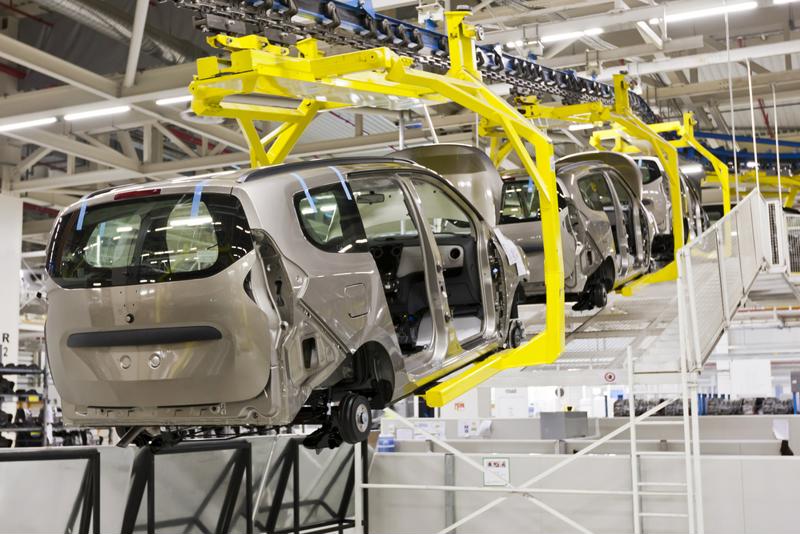 Cars of the future will be safer than ever thanks to technological advancements by automakers.
Cars of the future will be safer than ever thanks to technological advancements by automakers. - Automatic doze control
Falling asleep at the wheel is unfortunately a common cause of accidents, especially for truckers who spend long days and nights on the road. Volkswagen is working on a system that takes electronic steering to the next level, according to Popular Mechanics. The system works using a camera and other sensors that detect if the vehicle is experiencing any abnormal drifting patterns. The sensors communicate with a computer that interprets the severity of the situation, and takes control of the steering gear motor, if necessary, to keep the vehicle on a safe path. This technology is far from complete, however – as Popular Mechanics reported, the system cannot yet tell the difference between drifting and casually changing lanes. This will be a more active approach to lane departure warning systems that alert the driver if the vehicle begins drifting into other lanes without a turn signal. You can find various versions of such systems on newer used vehicles. - Automatic sun visor
Drivers often encounter blinding sun rays that cause them to flip the visor and reach for their sunglasses. But Popular Mechanics reported that Volkswagen is developing an electronic matrix inside the windshield to help block the rays. One sensor focuses on the position of the driver's eyes while the other measures the intensity of sunlight beaming the windshield. The system then creates a dark area where the sunlight meets the driver's eyes that changes with the direction of the vehicle. -
"New airbags will double the car's stopping power."
Airbags – for the car itself
How Stuff Works reported that Mercedes is designing an airbag system that helps stop a car when active safety sensors have determined an impact is imminent. The bags deploy beneath the vehicle and are coated with a substance that increases friction and doubles the car's stopping power. They also reduce the dipping motion that occurs as a vehicle is coming to a hard stop. It lifts the car 8 centimeters, which is enough to ease bumper-to-bumper contact and prevent passengers from slipping under their seatbelts. Airbag systems have become increasingly complex over the years, and you can already find plenty of cars with great airbag protection for the interior of the vehicle. - Crash avoidance systems
Audi and other car makers already have vehicles on the road that can effectively swerve around a potential collision. But Audi is taking a few more steps in the fully autonomous direction with the zFAS central driver assistance controller, according to Automotive News. The zFAS uses two microchips – one that focuses ahead of the vehicle, and another that monitors areas around the vehicle. This helps determine the safest course of action the computer can take to avoid swerving around one object and prevent potentially colliding with another. The second generation of the zFAS will enable the chips to monitor each other as well, to provide backup in case one fails. Audi is also working with a number of other companies on overlapping sensors, radar systems and cameras to develop a fully comprehensive crash avoidance system.
While it may be a few years before you start seeing features as advanced as the ones on this list in cars everywhere, rest assured that that they're on the way. As for now, there are plenty of other active safety features you can find in used cars from New Jersey State Auto Auction.





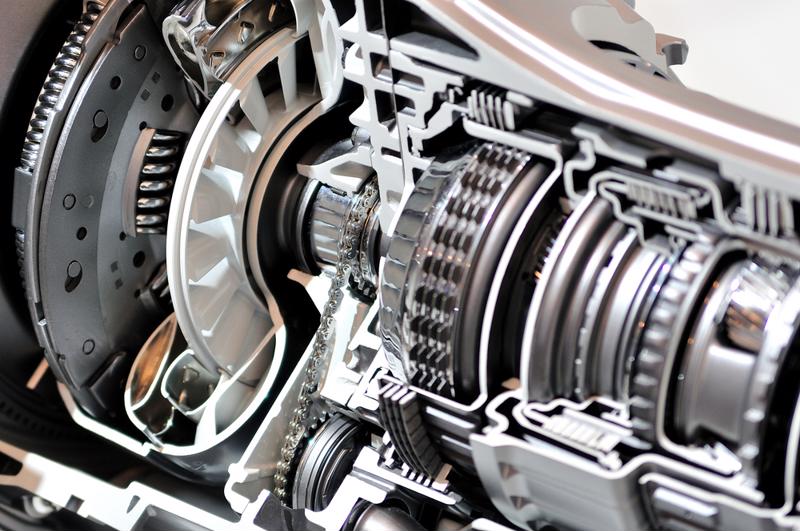 Automatic transmissions utilize a planetary system to maximize available ratios.
Automatic transmissions utilize a planetary system to maximize available ratios.
 Boardwalks are a great attraction for beach goers – they are often lined with shops and restaurants, and some even have amusement piers.
Boardwalks are a great attraction for beach goers – they are often lined with shops and restaurants, and some even have amusement piers.
 Distracted driving has caused far more accidents than it should.
Distracted driving has caused far more accidents than it should.
 The mutual feeling of accomplishment between parent and grad may materialize itself in the form of a car.
The mutual feeling of accomplishment between parent and grad may materialize itself in the form of a car.
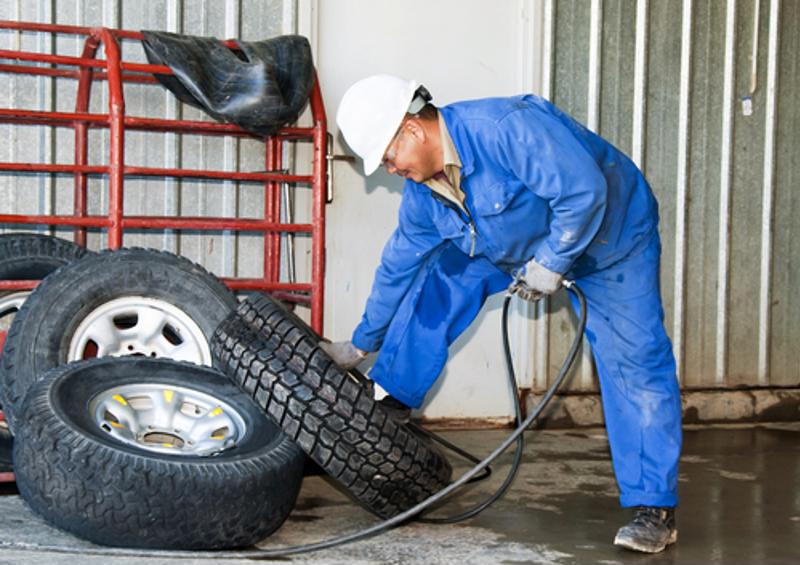 Finding the right tires is key to driver satisfaction.
Finding the right tires is key to driver satisfaction. 
 New York traffic is some of the worst in the nation.
New York traffic is some of the worst in the nation. 
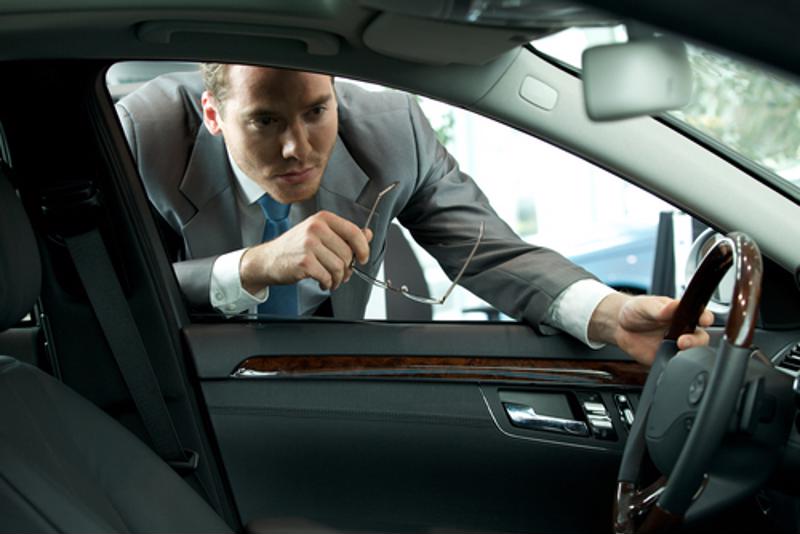 A quick sniff in a car’s interior could identify a potential problem.
A quick sniff in a car’s interior could identify a potential problem.
 Make sure your car can handle the road before heading on a springtime trip.
Make sure your car can handle the road before heading on a springtime trip. 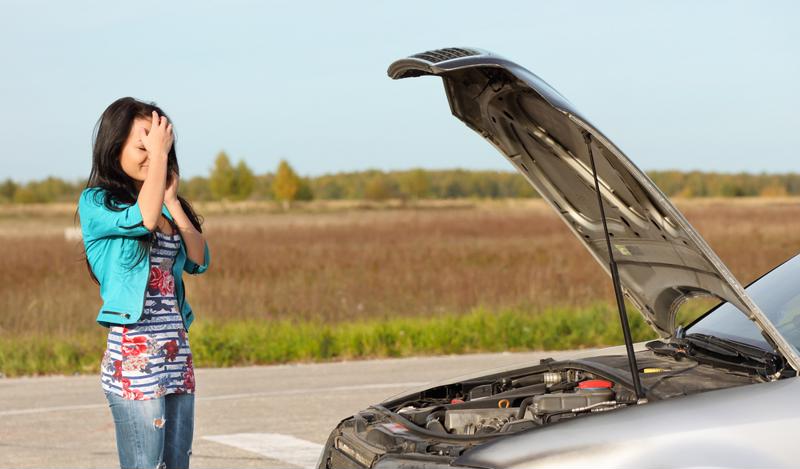 Don't be stuck with a broken-down car this season.
Don't be stuck with a broken-down car this season. 